"I need chewing gum," Denis Villeneuve says in his foggy Québécois accent. "I find that when I am tired the first thing that goes is my English. Chewing gum helps."
He has cause to be tired. Just 12 months after his fine, Oscar-winning Arrival hit cinemas, Villeneuve is offering up the most ambitious film of his career. The pressure could hardly be greater. Blade Runner 2049 reaches us a full 35 years after Ridley Scott's original. It is conceived on a grand scale. It is labouring under unimaginable expectations. He could be forgiven for twitching.
"There are two kinds of pressure," he says. "The first comes from me as a massive fan of Blade Runner. I don't want to feel like a vandal in the church. I know that the first movie is a landmark. No matter how good the new one is it will be compared to the original. I have come to terms with that."
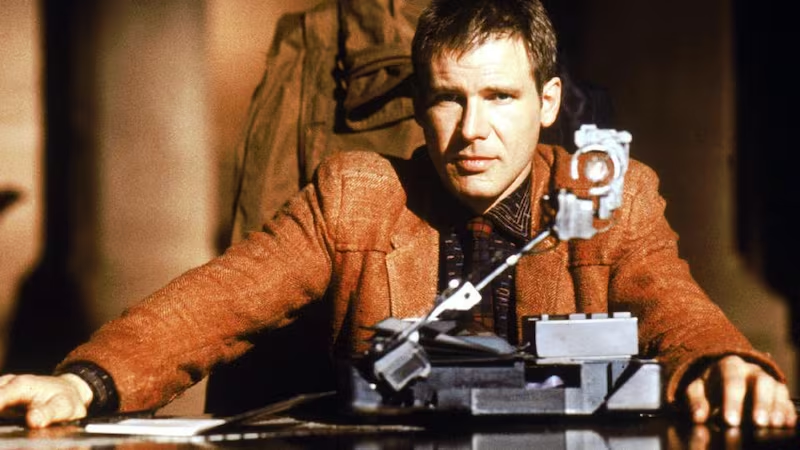
The second pressure derives from the unlikely history of Blade Runner. On its release, in 1982, the adaptation of Philip K Dick's Do Androids Dream of Electric Sheep? was greeted with middling reviews and indifferent box-office returns. It took decades to secure its place in the pantheon.
"Right from the start it was clear that the studios were excited about using the universe of Blade Runner. But they didn't want the fate of Blade Runner," he says with a laugh.
They didn’t want to wait 30 years for it to become a success?
“Exactly. Ha ha! I am stuck with that strange contradiction. This original universe appealed to people, but it was also some sort of problem. I still created an atmospheric, existential detective noir. We’ll see.”
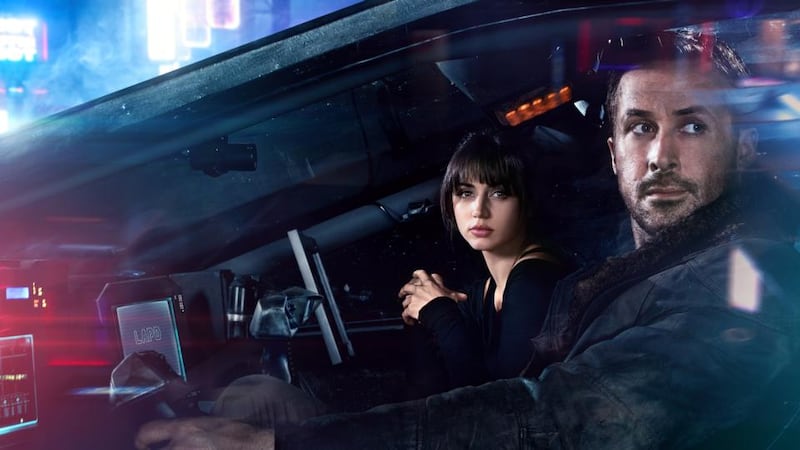
Harrison Ford
Every film enthusiast now knows the story. Harrison Ford plays an operative tasked with tracking down rogue cyborgs in a ruined version of 2019. The damp, dystopian art design went on to have an indelible influence on succeeding futurology. Serious talk of a sequel has been audible since the beginning of the century. Ridley and his late brother, Tony, knocked around various high concepts. Inevitably, Christopher Nolan's name was mentioned.
Meanwhile, Villeneuve was building his reputation for a school of pessimistic, oblique drama. His strange mystery Incendies secured an Oscar nomination in 2011. The drug-war drama Sicario and the abduction chiller Prisoners won further friends.
So what finally made Blade Runner 2049 happen now? "I think Ridley did the first movie at the beginning of the franchise craze, when Star Wars and Indiana Jones were happening," Villeneuve says. "And he had that in mind. We could see Harrison Ford's character developing. But we know what happened to Blade Runner. It took a lot of skill for producers to get the rights back. But the fact that we are close to 2019 was important. Knowing the difference between what was predicted then and what actually happened spurred us on. The clock was ticking."
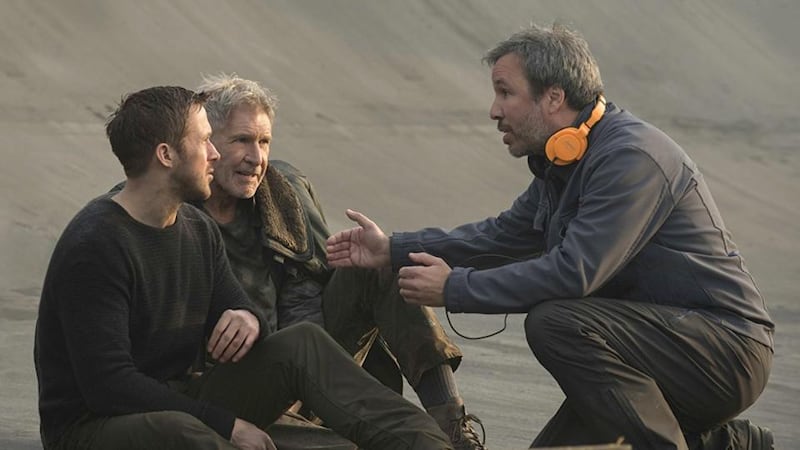
Here we come to one of the most interesting aspects of the new project. Blade Runner made a serious attempt to predict the future. It fast became a joke that, in certain trivial ways, those efforts were ineffective. The airline Pan Am, much advertised in the film's future LA, went bust within a decade, and the computer company Atari, also seen as a player in 2019, faded into a shadow of itself. Commercials for both are visible in Blade Runner 2049. The new film, starring Ryan Gosling as a successor to Ford's now haggard gumshoe, also makes reference to the Soviet Union. It seems we are following an alternative future signposted by the first episode.
"That's exactly right. That's the main difference between the two films," Villeneuve says. "Blade Runner was trying to predict the future. It was a projection of the end of the 1970s into the future. It was inspired by punk and Asia's influence on the west coast. You looked at it and said: that could happen. But that wasn't so much about the flying cars. It was about climate change and claustrophobia and melancholia."
Villeneuve saw this conflict between imagined 2019 and the too-real present as offering the biggest challenge in the film’s development. He reached a kind of epiphany, he says, when he realised he just had to “dream again”, as the original film-makers had done. “We will take all our fuel from the first film and make it an extension of that,” he says. “But it’s still a comment on the world today. That distance helps.”
When it was announced that Villeneuve was taking over the Blade Runner ermine, fans were largely in favour. His gloomy, Nordic sensibility suits the atmosphere nicely. Mind you, nothing in his background suggested he would progress in this direction.
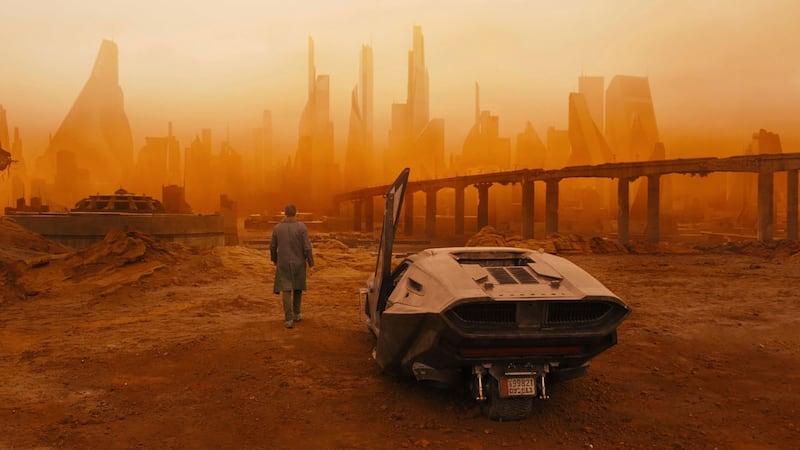
Cannes debut
Born and raised in the Quebec city of Trois-Rivières, he comes from a long line of lawyers. He studied at the University of Quebec in Montreal and went on to make short films. His feature debut, August 32nd on Earth, secured a place in Un Certain Regard at Cannes – and the young man was away.
“It was always in my mind to make movies, even when I was young,” he says. “I put all my eggs in that basket from a young age.”
As Villeneuve has moved from Canada to Hollywood, he has retained his singular, sombre aesthetic. Sicario and Arrival featured movie stars. They opened wide. But they remain agreeably odd pieces. He explains the importance of working with producers that you trust. Despite some objections that it was too long, he got the version of Prisoners that he wanted.
“I didn’t take anything for granted, but in another situation I could have been crushed,” he says.
With actors it is simple. There is no bullshit. Tell the truth. You cannot lie to an actor. They are oversensitive animals. Say what you say for real
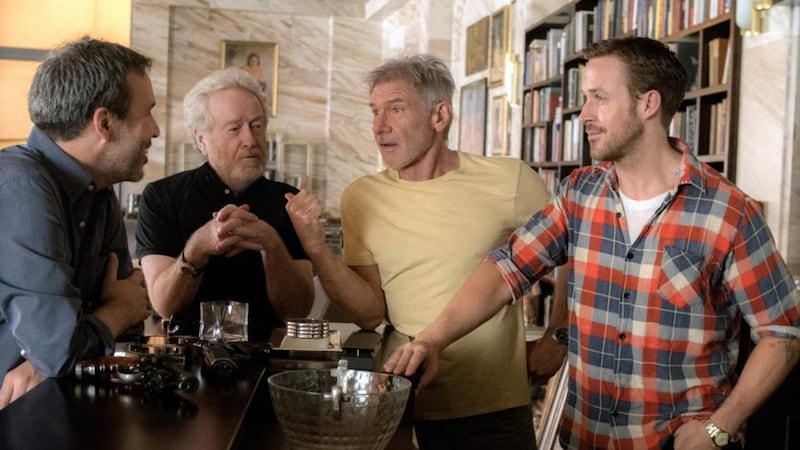
Despite the presence of Ridley Scott as executive producer, Villeneuve maintains that he had total freedom on Blade Runner 2049. Once he got past Harrison Ford he was set.
“I had to be approved by him. Ridley was supposed to direct, and the first thing he did when he changed his mind was ask Harrison. I had to meet Harrison and see if he would work with me.”
What did he say to convince him?
“With actors it is simple. There is no bullshit. Tell the truth. You cannot lie to an actor. They are oversensitive animals. Say what you say for real.”
Broken box office
The film arrives at a time of some stress within the industry. The summer of 2017 was widely seen as a disaster for mainstream releases. We are told the box office is broken. Can a 163-minute sequel to a flop rescue the year?
"The box office is broken? Maybe. But then Wonder Woman and Dunkirk did well, no? I don't want to be arrogant here, but the question now is: is the movie good? The audience is not crazy. But there is something happening that wasn't there before: the power of Rotten Tomatoes."
Oh yes. The studios hate that review aggregate site. I prepare for a rant. But I am to be surprised. Villeneuve is a Rotten Tomatoes fan.
"The expectation for this film is high, but if the reviews from critics are bad that could change," he says. "That is good. At time of writing, Blade Runner 2049 is at 98 per cent on Rotten Tomatoes. No wonder he's a fan.
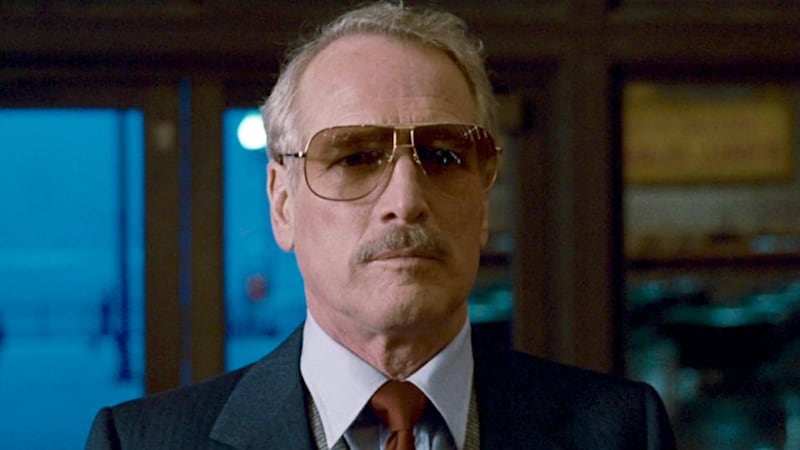
FIVE HUGELY DELAYED SEQUELS
It has been 35 years since Blade Runner. Very few delayed sequels can compete with that gap.
Psycho II (23 years) It was no shock to discover that Psycho II was inferior to Hitchcock's 1960 original. But it was much less wretched than feared.
Wall Street: Money Never Sleeps (23 years) In 2010 Shia LaBoeuf became the latest young Faust in a film that followed the template of the original. More tasteful. More boring.
The Color of Money (25 years) A lot of American history had passed between Robert Rossen's The Hustler (1961) and Martin Scorsese's follow-up to that pool classic, but Paul Newman remained gorgeous.
Tron Legacy (28 years) Those of us who were around in 1982 felt it worth pointing out that the original video-game epic wasn't that good. The sequel is memorable only for its Daft Punk soundtrack.
Return to Neverland (53 years) This awful animated sequel to Disney's Peter Pan (1953) is notable for exhibiting possibly the longest gap between a film and a theatrically released sequel.









